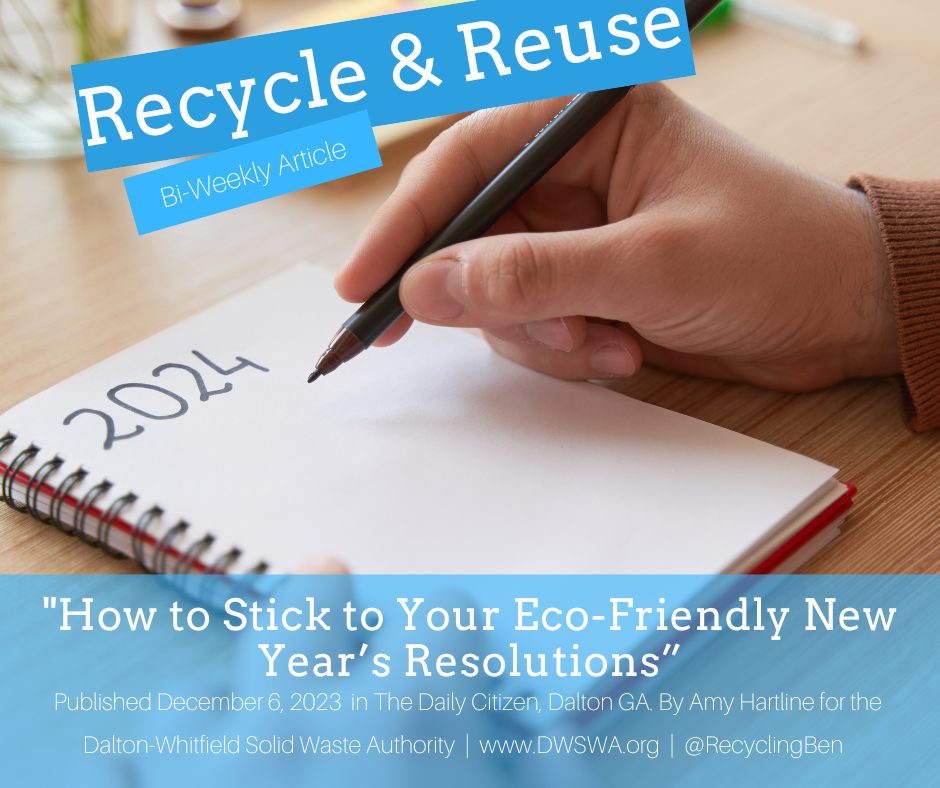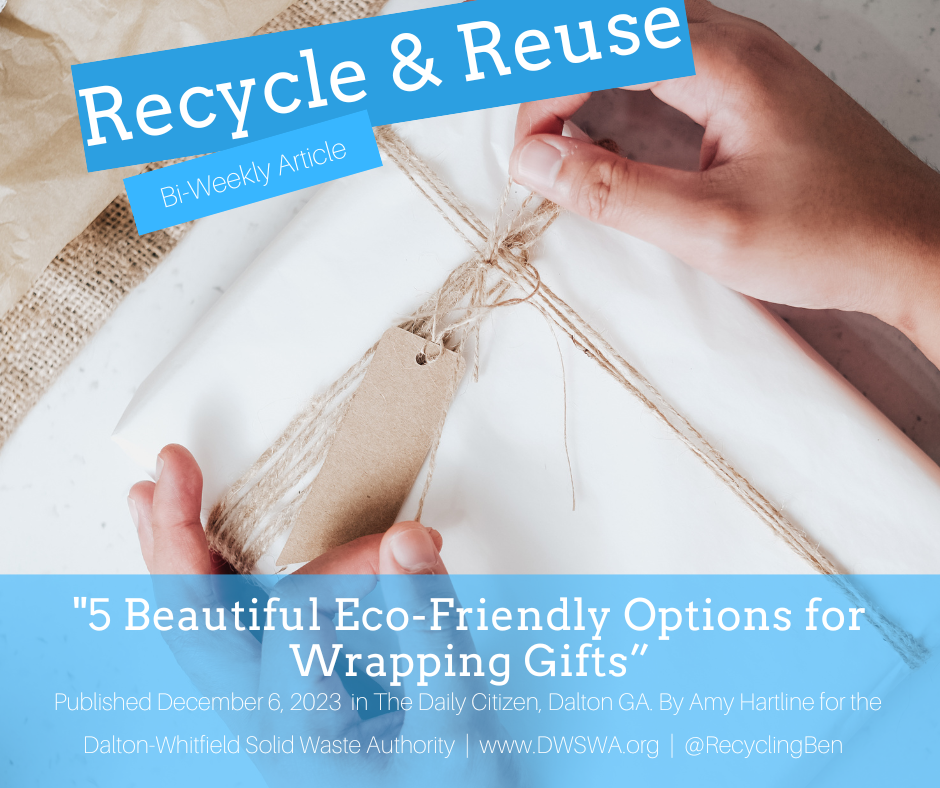National Planting Day
/A bee pollinates an aster, one of the native wildflowers of Georgia. During National Planting Day choose to plant native species that can improve the health of the local ecosystem.
Saturday is National Planting Day, a day established by Keep America Beautiful to encourage individuals to support local ecosystems by planting native species. Native species are plants, shrubs, and trees that are indigenous to a particular region of the country. In addition to native plants, this year’s event includes a focus on planting specific plants to support pollinators and help “Keep America Bee-utiful.”
Pollinators like bees, bats, and butterflies are responsible for one out of three bites of food we eat each day. According to The Pollinator Partnership foods produced with the help of pollinators include apples, strawberries, blueberries, chocolate, melons, peaches, figs, tomatoes, pumpkins, and almonds. In the United States, pollination by honeybees and other insects produces nearly $20 billion worth of products annually.
“Whether you are a gardening enthusiast or a municipal leader who is part of a citywide beautification program, you can make a difference simply by committing to use native species for your fall planting efforts,” said Keep America Beautiful President and CEO Jennifer Jehn. “Each and every pollinator is crucial to keeping our food chain sustainable and experience shows that clean, green and beautiful places are more likely to remain that way - improving the environment, reducing litter, spurring economic growth, and enhancing the social health of a community.”
Despite their importance in the food chain, the population of pollinators has declined significantly during the last decade. For example, it’s estimated that honeybee colonies have had a population decline of 50% while monarch butterflies have declined by 90%. Habitat loss, fragmentation and degradation, improper use of pesticides and herbicides, competition from non-native species, lack of floral diversity, and diseases have all contributed to the population decline.
National Planting Day activities may focus on one of four areas of need: Increasing the number of native trees in public spaces; Bringing natural beauty and sustainable urban infrastructure to "built environments"; Creating community-supported sustainable vegetable and fruit gardens; and Greening and restoring vacant lots with low-maintenance indigenous plants and trees in underserved urban and rural neighborhoods.
Keep Dalton-Whitfield Beautiful, the local Keep America Beautiful affiliate, is offering mini-grants to local schools in honor of National Planting Day. The application deadline is this Friday. Recipients last year planted trees in playgrounds, flowers in school gardens, and more. For the application and to see what the students did last year visit www.keepdaltonwhitfieldbeautiful.org.
If you are interested in planting natives this year there are actually many resources available to help identify native species and pollinator friendly plants. The Pollinator Partnership provides a free plant guide online at www.pollinator.org and offers the smartphone app Bee Smart Pollinator Gardener available on Google Play and the App Store. The guide is customized for the United States only and includes a wide variety of perennials, annuals, trees, shrubs, and vines.
Recommend plants for the southeast region include Oak-leaf Hydrangea, Swamp Rose, Eastern Swamp Milkweed, Georgia Savory, Wild Petunia, Passion Flower, and Sweet Goldenrod. Plants that do pretty well everywhere and are widely available include Lavender, Rosemary, Sage, Coneflower, Sunflower, Aster, Lamb’s Ears, and Black-eyed Susan. The guide also specifies the sun and soil requirements and types of pollinators that visit those plants.
The University of Georgia Extension offers a very detailed guide to native plants for Georgia on their website. The four-part guide is readable online or can be downloaded as a PDF document here: extension.uga.edu/publications. Descriptions of the plants include the size, landscape uses, propagation, and hardiness zones. Most also include multiple photos of the plants in various stages of growth.
Finally, the Georgia Native Plant Society at www.gnps.org offers a plant guide along with a list of nurseries that sell native plants. The group hosts two traveling plant sales a year, one in the spring and another in fall, which may include perennials, ferns, trees and more. The next sale will be on September 24 at Stone Mountain Park near Atlanta. Volunteers are on site to help answer questions and make recommendations for successful plantings.
If you already have a garden you can still celebrate National Planting Day by sharing food. Students who have a school garden, for example, may have a salad day and eat the food they’ve been growing. Or, instead of planting something new you can support pollinators by building a bat house or making a puddle area for butterflies. Our combined efforts can support our existing ecosystem and make our community beautiful.
































